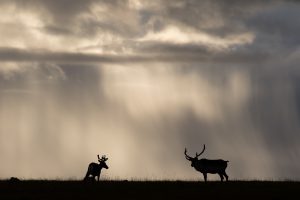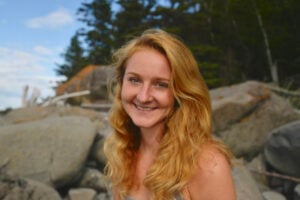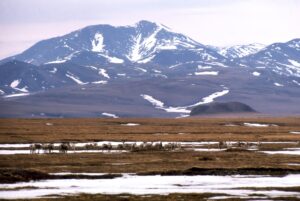The goal, says Borish, was to co-create both storytelling and research material with communities, exemplified in the film and in an article published in Global Environmental Change. Figuring out how to do both at the same time, however, was a challenge. In the end, Borish believes the result was successful because of how the team has been able to publish research by analyzing video interviews as a form of data. Video interviews became core pieces of the documentary. “We developed a new process that engages community members while repurposing video editing software for actual qualitative analysis,” he says.
“We’re losing language. We’re losing traditional ways. And the loss of a food, a cultural food, is just as high of an importance as language, as craft, and art, and all the rest of it,” says Judy Voisey, a community member from Happy Valley-Goose Bay, N.L., in an interview for the project. “I’m 48 years old, and my chances of ever eating caribou again, and I’m hoping I live a decently long life, is very, very slim, you know? And I’ll never have my marrow bone — the thing that I want more than anything on Earth, I will probably never, ever get never again. So, you can’t help but feel that sense of sadness and loss. It’s hard enough for someone to be sick, and for their life to end, and then to know that the final blow is that you’ll never get to have what you always had.”








